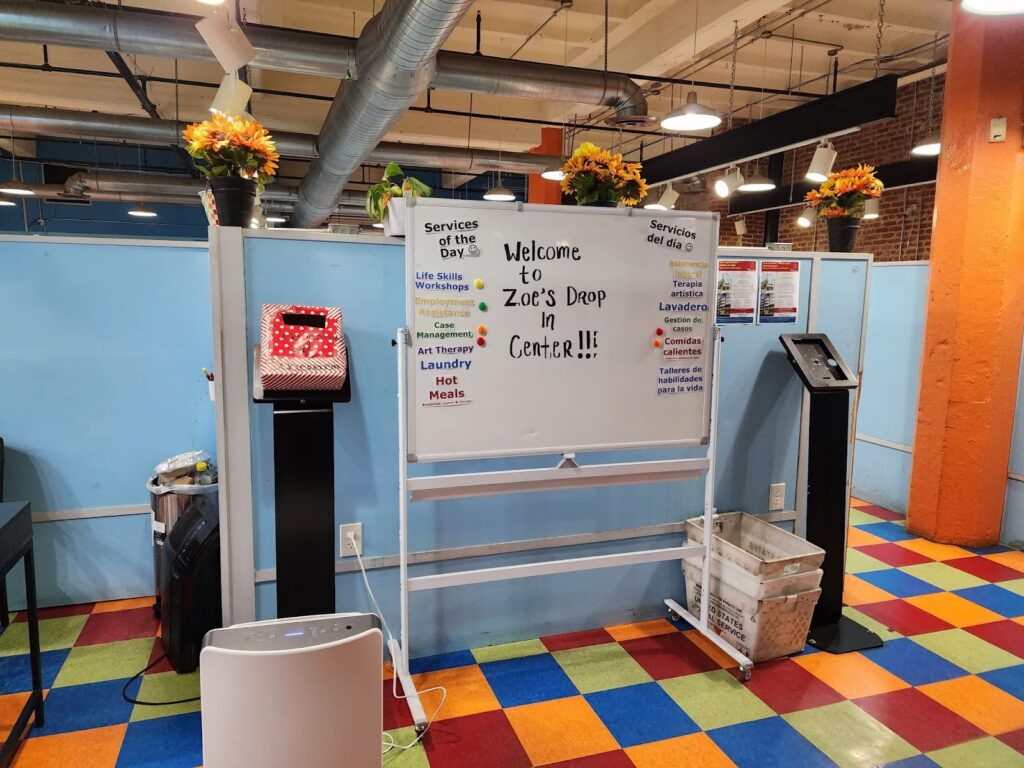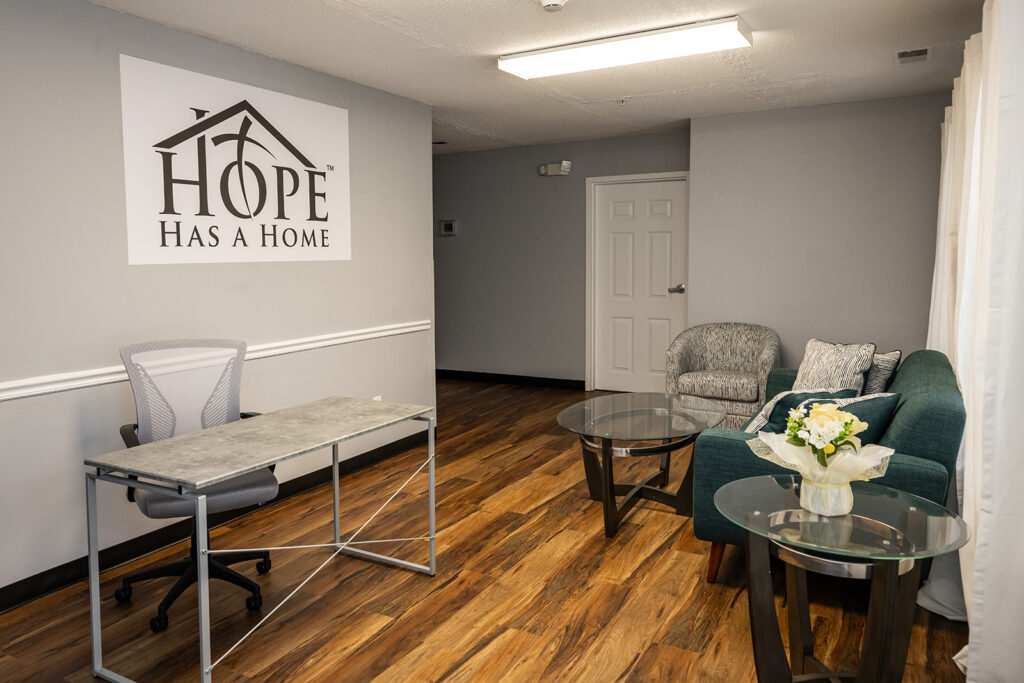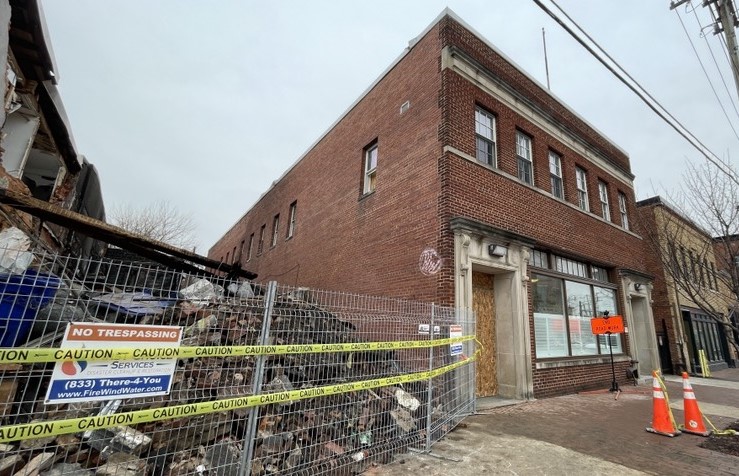If you ask Community for Creative Non-Violence (CCNV) interim director Melvin Watkins how he became the head of the largest homeless shelter on the East Coast, he will laugh and tell you he was a victim of circumstance.
“I was in the wrong place at the wrong time,” Watkins said. “People just called on me to help get things in order. I didn’t seek the position, but I will do the best job that I can.”
And since he has joined its staff, CCNV has been through numerous other changes, including continued problems with the heating and air conditioning systems, the lack of a director of case managers, and the DC-government enforced relocation of the families that lived in CCNV. And though Watkins said that conditions are improving, residents and homeless advocates are wary about the state of the massive shelter at 2nd and D streets Northwest.
Watkins is the latest in what seems to be a revolving door of directors. After longtime executive director Terri Bishop left last year, her replacement, Antoinette Bridges, stayed for three months before stepping down.
While the search for a permanent director progressed after Bridges’ departure, Deborah Robinson and George Woods became interim codirectors. But their period in office ended in November when Watkins took over.
For now, Watkins has said that he is not interested in becoming the permanent director.
“That answer blows in the wind,” Watkins said. “If someone else can do a better job, then I will gladly turn over the reins because it is not about me; it is about what is best for our clients here.”
The position of director of case managers also remains open after the last director left in April 2004. She had no comment on her departure, and she did not want her named printed in connection with this article.
Watkins speculated that the hardest part in finding and keeping a director of case managers is the paltry salary the CCNV has to offer.
“We are always looking for someone. The problem is paying them.”
Funding, which comes from the District government, has also affected other CCNV functions.
According to Watkins, in the past three years, CCNV has received 16 percent of the money that the district government has budgeted for it. “If you only got 16% of the air you [need to] breathe or the food you needed, how good would you be doing?” Watkins asked.
CCNV was founded in 1972 as a soup kitchen. ln the 33 years since it was founded, the shelter has grown to 1,350 beds. According to the CCNV web site, it provides services such as GED tutoring, medical and health care services and rehabilitation facilities.
The building houses that houses the shelter is in a state of disrepair, including leaking plumbing and sporadic heating and cooling system. According to Mary Ann Luby, outreach coordinator at the Washington Legal Clinic, the heating and air conditioning problems are not new.
“The air conditioning at CCNV breaks every year, and it is not a top priority,” Luby said. “And the plumbing has been a problem for ages.”
CCNV case manager Donald Brooks agreed, adding that last year, when it was 90 degrees for three weeks, there was no air conditioning. Until the women complained to the Department of Human Services, the District Government and other health officials, the air conditioning system was not functioning at all.
“It felt like an oven. You would take a shower, walk out and be sweaty again., And you couldn’t sleep. People would be walking around at night like zombies,” Brooks said. “All the residents would say that instead of people paying for saunas, they could just go to CCNV.”
This year, the air conditioning remained off until last Tuesday, Luby said. “I feel very bad for the people who have to stay in that building,” she said, stressing the importance of checking the heating and cooling systems regularly and having preventive maintenance.
The handful of families who remain at CCNV are also a persistent problem for the shelter. The city told CCNV in January that the twenty or so families living there were being relocated to government housing in Southeast. Because, under D. C. law, shelter for homeless families must be dorm-like, CCNV, which has barrack-style sleeping arrangements, is not suitable for families. After protests and concerns about the children’s schooling, the government gave the families until the end of May to move out with government assistance. But as of publication, only half of the families have moved out.
“Their track record with this hasn’t been that good,” Watkins said. “Here it is June 1, and half the families have moved. It has taken them this long, so what they are doing doesn’t seem that good.
Despite the problems at CCNV, Watkins stills seems optimistic about the progress and future of the shelter.
“I think we are getting better,” Watkins said. “We are getting more back on track for what we are supposed to be. There seems to be a new energy or light at the end of the tunnel, at the end of this dark abyss we have been going through.








